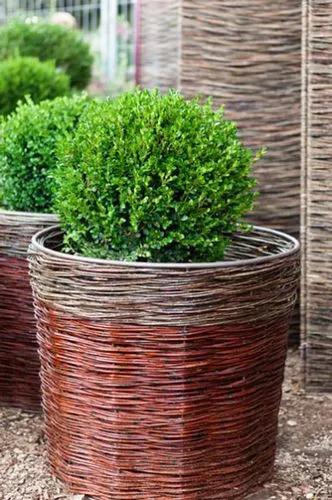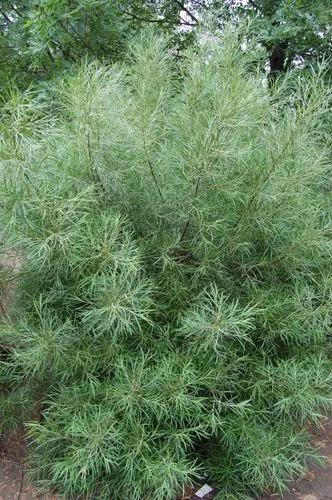According to some beliefs, this plant can bring luck to the house where it grows. And considering its low-maintains and gorgeous appearance, it is worth checking if it will be lucky for you!
Elephant Bush Care
Portulacaria afra



This plant has a lot of names, like the Dwarf Jade plant, Pork Bush, Purslane tree, and Spekboom in Afrikaans. But mostly, it is called an Elephant Bush because these animals eat this succulent. These small plants with tiny leaves and thick brown stems can be 80% of elephants’ diet; impressive, right? Interestingly, this plant is often called a dwarf jade plant because of its similar appearance, but these plants aren’t related at all.
How to Care for the Plant

Water

Its watering needs are typical for succulents, it is drought tolerant, and you can let the soil dry out between the waterings. But since its leaves are thin, it can handle more frequent waterings than other succulent varieties. However, during the dormant period, water it less often.

Pruning

Generally speaking, this plant doesn’t require pruning, but you can do it to create a needed shape or to remove dead leaves or branches.

Fertilizer

The most appropriate period for fertilizing is early spring and late winter. And feed your elephant bush plant with indoor plant fertilizer once a month by diluting the fertilizer by half.

Sunlight

Since the Elephant Bush is native to warmer places, it needs a decent amount of sun. The most suitable location indoors is somewhere it can get indirect bright sunlight. But overly bright sunlight can be harmful to the leaves.

Soil

As you can guess, succulent plants do better in the potting mixes created for succulents or cacti.

Propagation

It is effortless to propagate this plant by cutting. However, when it comes to almost all succulents, you can snap the cutting only with your fingers. But in this case, you need something sharper, like scissors.

Temperature

A temperature range between 65-80F (18-27C) is almost ideal for this plant.

Container

A porous unglazed clay pot with large drainage holes is the best option for this plant because it allows moisture to dry faster. Also, please pay attention to the size. It doesn’t need to be too big.

Fun fact

In Southern African countries, it is often eaten, mainly in soups and salads. And during the drought, it was used to feed the cattle, goats, etc., because succulents can be an incredible water source due to their nature.

Popularity

70,503 people already have this plant 10,982 people have added this plant to their wishlists
Discover more plants with the list below
Popular articles






